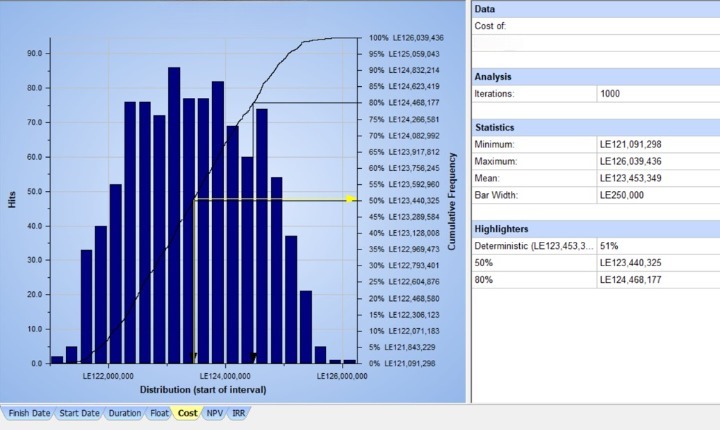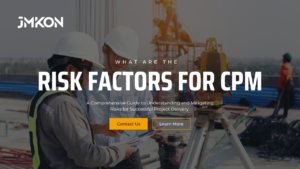In the dynamic realm of construction, successful project delivery relies heavily on adapting effective risk management in construction projects strategies. At JMKON, we emphasize the importance of identifying risks early in the planning phases. This blog delves into essential risk management strategies tailored for construction projects and their pivotal role in achieving project success, including the use of Primavera Risk Analysis as a vital tool in our approach.
Understanding Risk Management in Construction projects
Construction projects are inherently complex, involving various uncertainties that can impact timelines, budgets, and quality standards. Effective risk management entails a systematic approach to identify, assess, respond to, and monitor risks throughout the project lifecycle.
Key Strategies for Effective Risk Management:-
Risk Identification
- Collaborative Workshops: Engage project stakeholders in comprehensive brainstorming sessions to identify potential risks.
- Risk Categorization: Classify risks based on their impact on project scope, schedule, budget, safety, and quality. Risk Assessment
- Qualitative and Quantitative Analysis: Utilize risk matrices and quantitative techniques like Monte Carlo simulations to assess risks objectively.
- Primavera Risk Analysis: Employ Primavera Risk Analysis software to simulate potential risks and their impact on project schedules and budgets, providing a detailed and data-driven assessment.
- Risk Prioritization: Rank risks based on severity, likelihood, and potential impact on project objectives.
Risk Response Plans
- Customized Strategies: Develop specific response plans for identified risks, incorporating avoidance, reduction, transfer, and acceptance strategies.
- Contingency Planning: Establish reserves and alternative strategies to address unforeseen risks and disruptions.
Engaging Stakeholders
- Transparent Communication: Foster open dialogue among stakeholders to share risk information, responsibilities, and response plans.
- Contractual Clarity: Define risk allocation clauses in contracts with subcontractors and suppliers to clarify responsibilities.
Monitoring and Adjustment
- Real-Time Oversight: Implement robust monitoring systems to track identified risks and establish trigger points for timely intervention.
- Continuous Improvement: Adapt risk management strategies based on project dynamics, emerging risks, and lessons learned from past experiences.
Lessons Learned from Completed Projects
- Post-Project Reviews: Conduct thorough reviews of completed projects to identify what worked well and what didn’t in terms of risk management.
- Knowledge Sharing: Document and share lessons learned with project teams to enhance future project planning and execution.
- Continuous Learning: Integrate feedback loops to ensure ongoing improvement in risk management practices.
Goal and Benefits of Effective risk management in construction projects
The goal of this blog is to highlight the significance of proactive risk management in construction projects. By implementing effective risk strategies, JMKON aims to:
- Enhance Project Predictability: Reduce uncertainties and improve the accuracy of project timelines and budgets.
- Optimize Resource Allocation: Ensure efficient use of materials, labor, and equipment.
- Increase Stakeholder Confidence: Foster trust and collaboration among project stakeholders.
- Achieve Superior Project Outcomes: Deliver projects on schedule, within budget, and to the highest quality standards.
Conclusion
Effective risk management serves as a cornerstone of successful construction project planning, enabling teams to anticipate, respond to, and mitigate uncertainties proactively. At JMKON, we integrate comprehensive risk management strategies into our project planning processes, utilizing tools like Primavera Risk Analysis to optimize outcomes and minimize disruptions. Embrace proactive risk management practices to safeguard project success, enhance stakeholder confidence, and achieve superior results in your construction endeavors.





